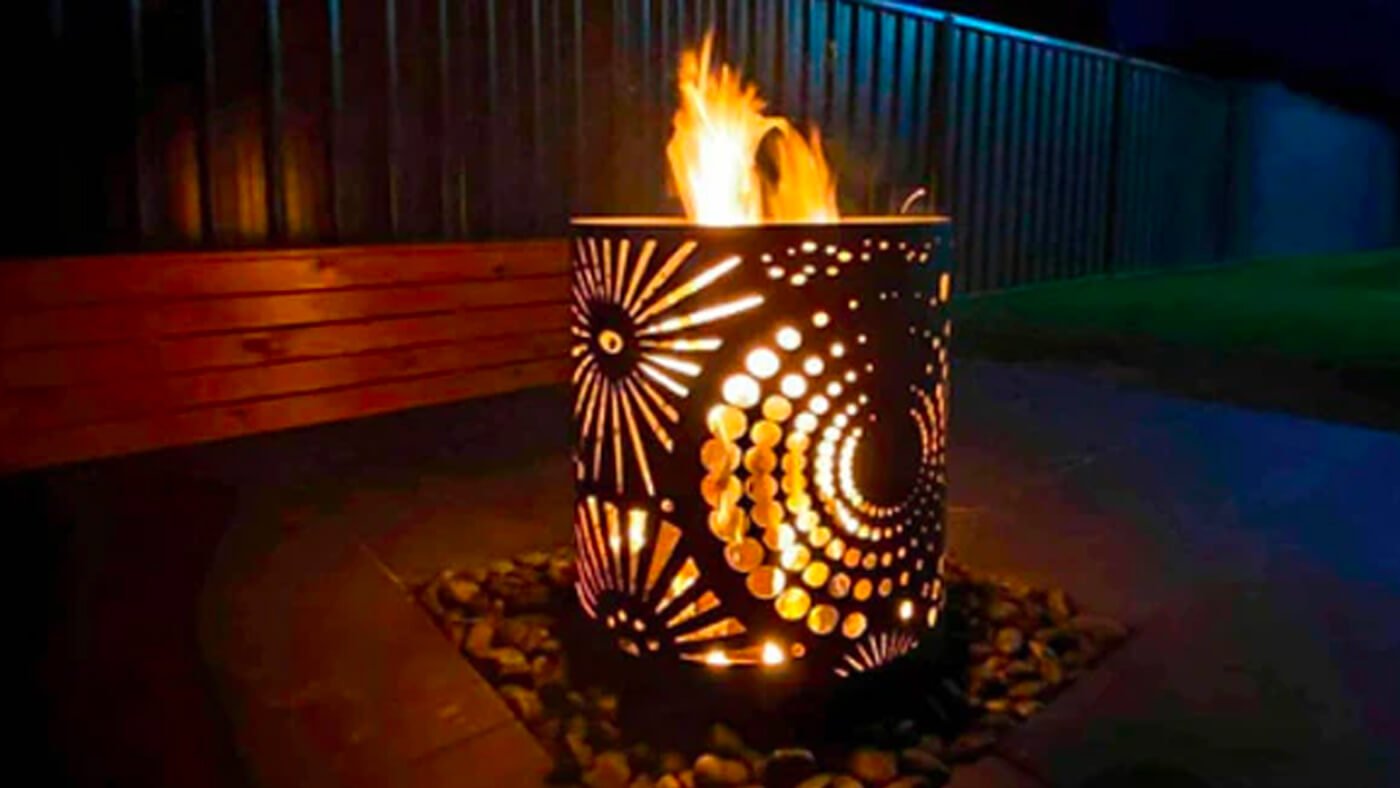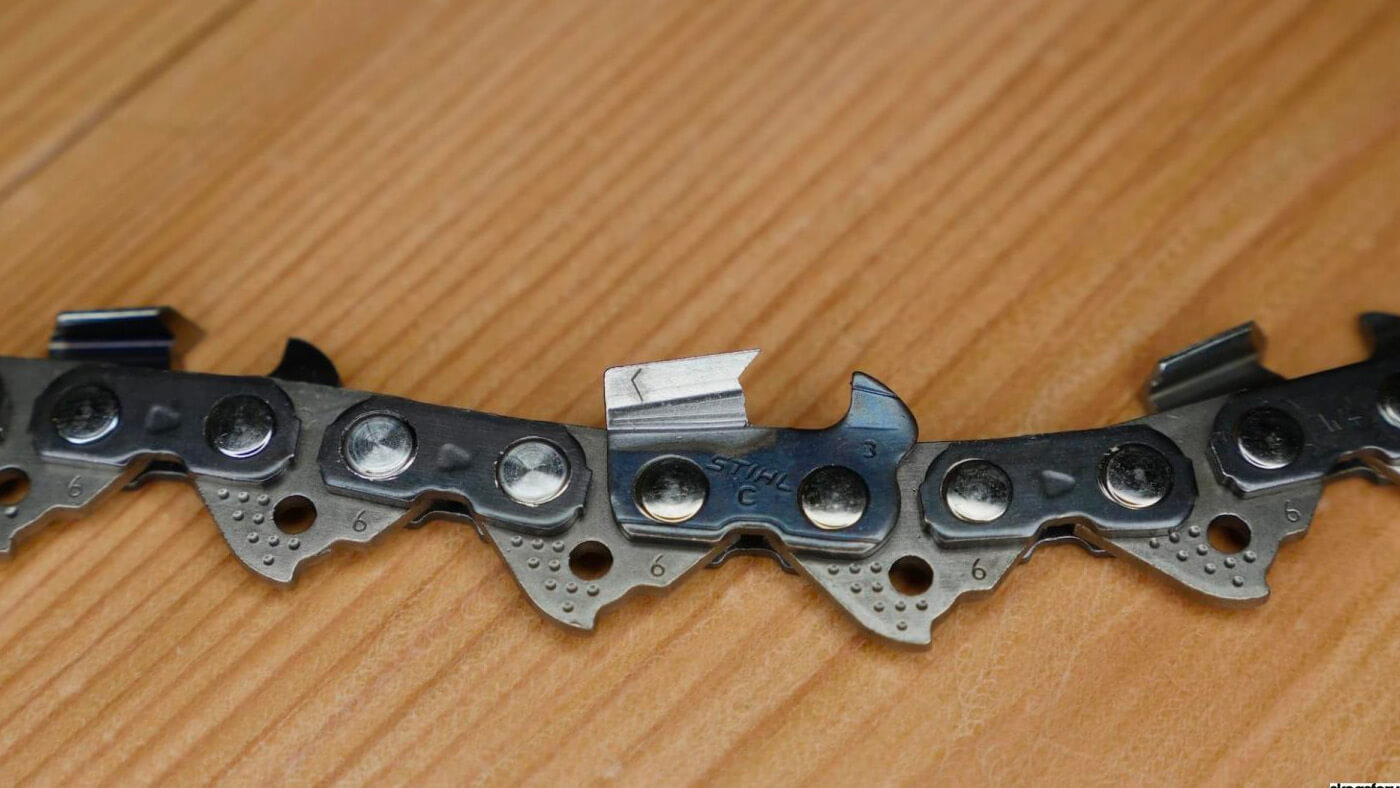GYC stands for Garden, Yard and Construction. That construction part means we know a little bit about materials, such as concrete. We even sell construction tools such as cut-off saws and concrete cutters. However, this post is all about how to achieve a great concrete finish, rather than cutting it up.
Concrete is one of the most commonly used construction materials, and achieving a good concrete finish is vital to the success of any concrete project. There are a number of factors that can affect the quality of a concrete finish, but the three most important are the type of concrete used, the conditions during placement, and the finishing process.
What is a concrete finish?
A concrete finish is the smooth, textured, or polished surface that is applied to concrete once it has hardened. The type of finish that is used will depend on the intended purpose of the concrete. For example, a concrete floor in a warehouse is likely to have a different finish than a concrete wall in a residential home. The finish can also be decorative, and there are many different ways to achieve the desired look. The most important thing to remember when choosing a concrete finish is that it should be appropriate for the intended use and provide the desired level of durability.
Types of Concrete Finishes
1. Troweled Finish
A troweled finish is a type of concrete finish that is achieved by using a trowel to smooth and level the concrete surface. This type of finish is typically used for concrete floors, countertops, and other flat surfaces.This finish can be either smooth or textured, depending on the technique used and provides a very smooth and consistent surface, making it ideal for use in high-traffic areas.
2. Broom Finish
A broom finish is a type of textured finish that is attained by using a broom to create lines in the wet concrete. This type of finish is often used on concrete floors, sidewalks, and patios. It provides slip resistance and an aesthetic touch to any concrete surface. Though the broom finish is not required for all concrete surfaces, it is important to consider this finish if you are looking for a way to improve the safety or appearance of your concrete.
3. Exposed Aggregate Finish
This type of finish is done by removing the top layer of concrete to reveal the aggregate beneath. The aggregate can be made from a variety of materials, including stone, glass or metal. This finish is important because it provides a slip-resistant surface that is also durable and easy to clean making it ideal in public areas such as walkways and swimming pools.
4. Stamped Concrete Finish
A stamped concrete finish has been textured or embossed to resemble stone, brick, slate, or other materials. It is a popular choice for driveways, patios, and other areas where a durable, low-maintenance surface is desired. It is achieved by using a mold to create the desired texture on the surface of the concrete. The concrete is then colored and sealed to protect it from weathering and staining.
5. Salt Finish
This type of finish uses salt to create a textured surface. The salt is applied to the concrete while it is still wet, and then the concrete is allowed to dry. As the concrete dries, the salt crystals will evaporate, leaving behind a rough, textured surface. Salt finishes are often used on driveways, patios, and walkways because they provide good traction and resist staining. They are also relatively easy to maintain. However, salt finishes can be difficult to repair if they become damaged. So, it is important to choose a qualified concrete contractor who has experience installing salt finishes.
6. Swirl Finish
A swirl finish is a concrete finishing technique that involves using a special concrete trowel to create a series of overlapping circles in the concrete surface. The end result is a decorative finish with a subtle texture. It's commonly used on interior concrete walls and floors, and they can also be used on exterior concrete surfaces such as walkways and driveways.
7. Polished Finish
A polished concrete finish is achieved by grinding the concrete to expose the aggregate, and then applying a hardener to the concrete. This finishing process can be done on both new and existing concrete, and is typically used for high traffic areas such as commercial buildings and retail stores. It is also an environmentally friendly option since it does not require the use of harsh chemicals or finishes making it a popular choice for both commercial and residential applications.
The different concrete finishes offer their unique look and benefits based on your needs. If you are looking for the best place to get your Stihl concrete cutting saws, we've got you covered. At GYC, you can find all of the tools and supplies you need, from start-to finish. Call or visit your closest store today to find what you need for your next project.



































